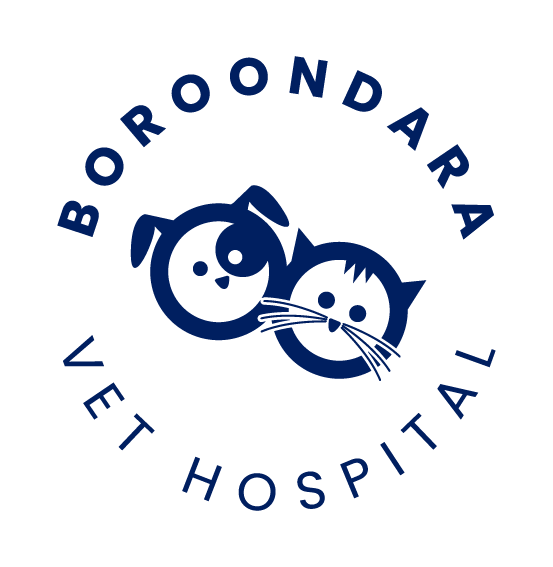Library
-
The cornea is the clear part of the front of the eye through which the coloured iris can be seen. A corneal ulcer is an erosion of the outer layer of epithelial cells.
-
Traumatic cruciate damage is caused by a twisting injury to this hinge joint. It is most often seen in both dogs and footballers when moving at speed and suddenly changing direction so that the majority of the weight of the body is taken on the joint.
-
Cryosurgery is sophisticated frostbite. Natural, severe frostbite will affect the blood supply. Cryosurgery, (cryotherapy) employs the same principal.
-
Cutaneous (reactive) histiocytosis is an uncommon condition of dogs. The condition is poorly described in the scientific literature and has various grades all of which may be found in one animal.
-
This is a common benign tumour of Langerhans cells. 99% are permanently cured by removing them surgically.
-
Cystitis is the name given to inflammation of the urinary bladder or, more specifically, the epithelium (lining of the bladder). It is a commonly diagnosed condition in dogs of both sexes.
-
Cysts are hollow spaces containing liquid or solidified secretion. A few cysts form within cancers but only non-cancerous cysts are considered here.
-
The spinal cord is one of the most important and most sensitive organs in the body. If it is damaged the nerve cells do not regenerate but are replaced with scar (fibrous) tissue resulting in permanent loss of function.
-
Muscle (called smooth muscle) and fibrous connective tissues form the framework (stroma) that holds other tissues together in the organs of the body. A number of different tumours can develop from the cells of these tissues.
-
Docking may be defined as the removal of whole or part of a dog's tail. From 2010 this procedure has been illegal under Australian law unless carried out by a registered veterinarian for valid medical reasons.

